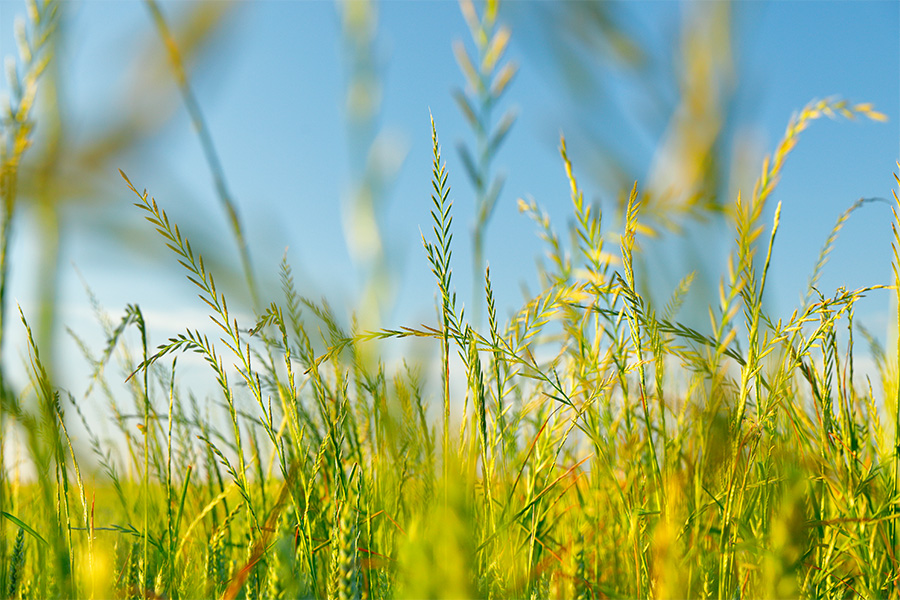Field Crops, Forage and Turfgrass Production
-

This publication presents the results of the 2018 statewide performance tests of peanut, cotton, and tobacco. The tests for various evaluations were conducted at several or all of the following locations: Bainbridge, Tifton, Plains and Midville in the Coastal Plain region and Athens in the Piedmont region.
Dustin G Dunn, Henry Jordan, Daniel J Mailhot, and Stevan S. LaHue
|
-

This research report presents the results of the 2017 statewide performance tests of soybean, sorghum grain and silage, and summer annual forages. The tests for various evaluations were conducted at several or all of the following locations: Tifton, Plains, and Midville in the Coastal Plain region; Griffin and Athens in the Piedmont region; and Calhoun in the Limestone Valley region.
Dustin G Dunn, Henry Jordan, and Daniel J Mailhot
|
-

This research report presents the results of the 2018 statewide performance tests of soybean, sorghum grain and silage, and summer annual forages. The tests for various evaluations were conducted at several or all of the following locations: Tifton, Plains, and Midville in the Coastal Plain region; Griffin and Athens in the Piedmont region; and Calhoun in the Limestone Valley region.
Dustin G Dunn, Henry Jordan, and Daniel J Mailhot
|
-

Legume species add significantly to forage systems in Georgia. They are an excellent source of high quality forage, and are generally very digestible and contain high levels of crude protein (CP). Many legumes also provide substantial forage yields. Perhaps most importantly, legumes and the rhizobium bacteria that colonize nodules on their roots provide an important source of biologically-fixed nitrogen (N). This publication presents information about the most important legume species grown for forage in Georgia.
Steve Morgan, Dennis Hancock, Randy W. Franks, and Ray Hicks
|
-

The geographic and environmental diversity of Georgia allows for the extensive use of both cool and warm season grass species. In general, cool season grass species provide higher nutritional quality than warm season grasses. In contrast, warm season grasses generally yield more than cool season grasses. Each type and species, however, offers its own unique qualities and benefits to the forage system. In this section, the most important grass species in Georgia are introduced and discussed.
Dennis Hancock, Jeremy Kichler, Ray Hicks, and Bobby Smith
|
-

This is a biennial publication containing the proceedings of the turfgrass field day carried out at the UGA Griffin campus every other year. The guide provides professionals with continuous, real-time access to the latest up-to-date information about turfgrass research studies, products, and turfgrass Extension activities, programs, and outreach. Topics will include, but are not limited to, crop and soil science, agronomy, weed science, plant pathology, entomology, economics, tissue culture, urban agriculture, irrigation, and student posters.
Shimat V. Joseph and David Jespersen
|
-

B 1499
Haiti Peanut Research Report
This report summarizes the findings of field trials and basic data collected in Haiti under the Feed the Future Peanut & Mycotoxin Innovation Lab project from 2014-2017. The focus of the research was to improve peanut productivity through management options for foliar diseases, low soil fertility, and other yield-limiting agronomic factors.
French translation:
https://extension.uga.edu/publications/detail.html?number=B1499-FR”>https://extension.uga.edu/publications/detail.html?number=B1499-FRTimothy Branner Brenneman, Robert C Kemerait Jr, and Jamie Rhoads
|
-

This report includes results of the 2017-2018 performance tests of small grains used for grain and forage. Grain evaluation studies were conducted in five locations in Georgia, including Tifton, Plains, and Midville in the Coastal Plain region; Athens in the Piedmont region; and Calhoun in the Limestone Valley region. Small grain forage evaluation tests were conducted at five locations in Georgia and Florida, including Tifton and Plains in the Coastal Plain region, Athens in the Piedmont region, Calhoun in the Limestone Valley region, and at Marianna, Florida.
Daniel J Mailhot
|
-

This publication presents the results of the 2017 statewide performance tests of peanut, cotton, and tobacco. The tests for various evaluations were conducted at several or all of the following locations: Bainbridge, Tifton, Plains and Midville in the Coastal Plain region and Athens in the Piedmont region.
Dustin G Dunn, Henry Jordan, Daniel J Mailhot, and Stevan S. LaHue
|